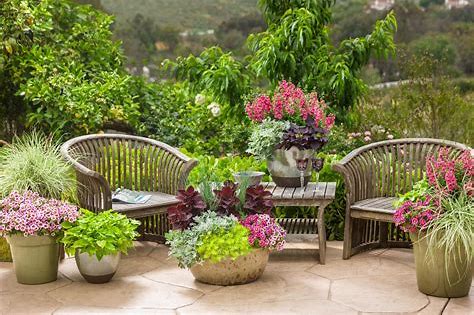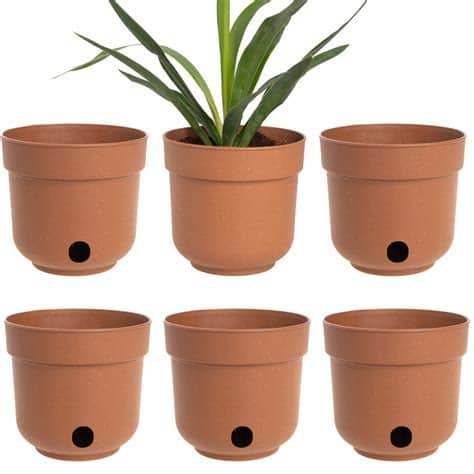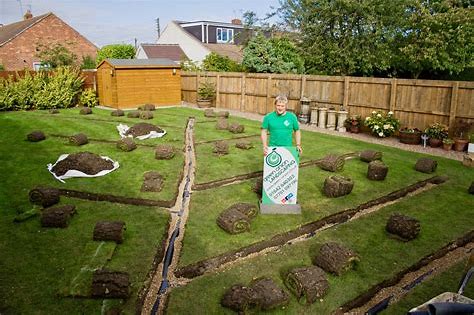
Is container gardening good? Gardening is a wonderful hobby that provides a connection to nature, fresh produce, and a beautiful outdoor space. With the rise in popularity of urban living, however, many gardeners are finding that they have limited space for a traditional garden.
This is where container gardening comes in. But with all the different types of gardening out there, it’s natural to ask the question, “Is container gardening good?”
In this blog post, we will explore the benefits of container gardening, and help you determine if it is the right choice for you. Whether you’re a seasoned gardener or just starting out, this article will provide valuable insights into the world of container gardening.
Key Takeaways
- Container gardening is a great option for those with limited outdoor space or looking for a more convenient way to grow plants.
- Container gardening offers numerous benefits, including flexibility and control over the growing environment, the ability to grow a wide variety of plants in a small area, and the ability to bring greenery to outdoor spaces.
- Container gardening can also have some limitations, such as the need for regular watering and protection from extreme temperatures.
- Choosing the right size pot for container gardening is important to ensure healthy plant growth.
- Container gardening can be a good choice for those who are willing to put in the time and effort to maintain their containers and plants.
Is Container Gardening Good?
Container gardening is a fantastic option for those with limited outdoor space or those looking for a more convenient and manageable way to grow plants.
It offers numerous benefits, such as increased flexibility and control over the growing environment, the ability to grow a wide variety of plants in a small area, and the ability to bring greenery to outdoor spaces like balconies, patios, and decks.
Additionally, container gardening can be a great way to improve the aesthetic appeal of your outdoor space, as well as providing fresh produce, herbs, and flowers. However, it’s important to keep in mind that container gardening can also have some limitations, such as the need for regular watering and fertilizer, and the need to protect plants from extreme temperatures.
Overall, container gardening can be a good choice for those who are willing to put in the time and effort to maintain their containers and plants.
Benefits of Container Gardening?
- Flexibility and control over the growing environment
- Ability to grow a wide variety of plants in a small area
- Ability to bring greenery to outdoor spaces like balconies, patios, and decks
- Improved aesthetic appeal of outdoor spaces
- Fresh produce, herbs, and flowers at your fingertips
- A great option for those with limited outdoor space
- Convenient and manageable way to garden
- Ideal for urban or small-space living
- Allows for easy relocation or rearranging of plants
- Potentially saves money by growing your own produce and herbs.
What Size Pot for Container Gardening?
- Consider the mature size of the plant you want to grow
- Choose a pot that is large enough to accommodate the root system of the plant
- A pot that is too small can limit the growth of the plant and lead to root overcrowding
- A pot that is too large can result in excessive watering needs and slow root growth
- Terra cotta pots and clay pots tend to dry out quickly, while plastic and glazed pots retain moisture better
- Consider the weight of the pot and plant when full, especially if you plan to move the pot regularly
- Drainage holes in the bottom of the pot are important to prevent waterlogging
- Consider the style and material of the pot to complement your outdoor space.
How Large Should Drainage Holes Be?

The size of drainage holes in a container for gardening should be large enough to allow for adequate water drainage, but not so large that soil and roots can fall through. A good rule of thumb is to have drainage holes that are at least 1/2 inch to 1 inch in diameter.
If the holes are too small, water may not be able to drain properly, leading to root rot. On the other hand, if the holes are too large, soil and roots may escape, causing the plant to become unstable and potentially leading to root damage.
Additionally, if the holes are too large, the pot may not be able to retain enough moisture for the plant’s needs. It’s important to find the right balance for the specific needs of your plants and container setup.
Container Drainage

Proper drainage is essential in container gardening to prevent waterlogging and root rot. It is recommended to use a layer of gravel or rocks at the bottom of the pot before adding soil to aid in drainage.
This will help to create a barrier between the soil and the bottom of the pot, allowing water to drain freely. Additionally, it is important to make sure that the soil used in the container is well-draining, and not compacted.
Over-watering can lead to waterlogging and root rot, so it’s important to monitor the moisture level of the soil regularly and allow the soil to dry out slightly between waterings. By taking the time to properly set up your container garden with good drainage, you can ensure that your plants thrive and stay healthy.